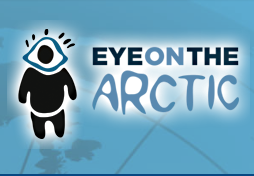Cause of derailment established
This is stated in its final report, which was published on Thursday. The report describes cracking in the wheel flange as the root cause of the accident and that operational procedures, wheel damage detectors and analyses of detector data could not predict the wheel damage.
"The conclusions of the Accident Investigation Board are in line with our own analysis of what happened, and it is good that we can now establish once and for all what caused the derailment. This type of damage is very unusual and the detector systems along the track did not pick it up either," says Linda Bjurholt, Logistics Manager at LKAB.
It was on 17 December 2023 that an ore train derailed north of Kiruna. Eleven ore wagons were damaged and 15 kilometres of the railway were destroyed when the broken wheel smashed the rails and concrete sleepers. Traffic was halted for 65 days, and LKAB lost revenue of SEK 100 million a day during the stoppage.
"But it also highlights the vulnerability of the Ore Line and the fact that the consequences of a disruption can be very serious, whatever the cause. This time it was a damaged wheel, other times it has been other things. We live with a single-track railway in an Arctic climate, where weather and wind can complicate and make repairs difficult. The lack of capacity is a vulnerability for Sweden that must be removed," says Linda Bjurholm.
The Accident Investigation Commission has investigated the accident in close co-operation with the Swedish Transport Administration, LKAB and suppliers of spare parts and maintenance services.




